Contents
- Traditional and Modern Eating Practices
- Meals of the Day
- How Spicy is the Food?
- Pickles
- Wedding Food
- Festival and Seasonal Delicacies
- Local Produce
- Prasad and Bhandara
- Smoking, Drinking and Substance Use
- Local Culinary Traditions
- Traveled Culinary Tradition
- Moong Puri
- Sindhi Malpua
- Dal Bhatti
- Eating Out
- Mama Farsan and Sweets
- Mayura Lassi
- Jai Baba Moong Puri
JALNA
Food
Last updated on 22 July 2025. Help us improve the information on this page by clicking on suggest edits or writing to us.
Jalna is an old city in Maharashtra, but it became a district in 1981 when the talukas of Sambhaji Nagar and Parbhani were combined. It has a mix of people and different types of food. The local food is known for being spicy, more so than in the western part of Maharashtra. While there are many new restaurants, there are very few old ones. People in Jalna enjoy traditional dishes, and they also bring in special foods from other places. For example, you can find Mamacha Pedha, a sweet treat, and Mathura Lassi, a yoghurt drink. Overall, Jalna offers a unique blend of history and food culture that makes it an interesting place to visit.
Traditional and Modern Eating Practices
The food culture of Jalna, which is part of the drought-prone Marathwada region of Maharashtra, is shaped by its climate, landscape, and culture. Traditionally, the staple diet of the district has been dominated by various kinds of millets, but now other cuisines such as Chinese, Italian and fast food items have made their way into the cities of the district. However, the culture in the rural and drought-prone areas has not changed much and continues to be dominated by nutria-cereals, which include jowar, bajra, ragi and other small millets, kutki, kodo, sawa, foxtail kagni and chena.
Meals of the Day
In Jalna, breakfast, lunch and dinner are the three main meals. Poha serves as a quick breakfast or snack, usually garnished with fresh coconut, coriander, and lemon. Lunch is usually lighter and may consist of chapati, bhaji, rice, and dal. Additionally, Batata vada, puran poli, daal, and chutneys are also an essential part of the plating. Apart from this, in snacks, there is a lot to try out. Dishes like poha, chivda, upma, khichdi, and kothimbir wadi are some quick appetisers relished across the city.
How Spicy is the Food?
Jalna's food is a blend of sweet and tangy flavours. Although people mainly prefer eating spicy food, a lot of dishes often use jaggery for sweetness and tamarind for spicy and tangy flavour. Coconut and peanuts are also common ingredients, adding richness and texture.
Pickles
In Jalna, meals are mostly served with a pickle on the side. Some of the most loved pickles include tangy mango pickle, lemon pickle, super spicy green chilli pickle, mixed vegetable pickle, etc.
Wedding Food
Good food is considered a priority in wedding ceremonies. The wedding menu features multiple cuisines such as North Indian, Maharashtrian, Chinese, Continental, etc. The menu generally offers an array of choices in desserts and ice creams as well.
Festival and Seasonal Delicacies
Some of the seasonal delicacies of the district include fruits such as mangoes and grapes during their peak season. Aam ras, made from mango ,is one of the most delectable seasonal delicacies of the district. Coming to festivals, they are celebrated with sweet dishes such as puran poli, shrikhand, modak, etc.
Local Produce
The Kharif season primarily features crops such as Jowar, Sugarcane, Groundnut, and Sunflower. In contrast, the Rabi season is characterised by different agricultural practices. Notably, Jalna district is particularly renowned for its sweet oranges, especially the Kagdi Mosambi variety. The sweet oranges from Jalna have received the Geographical Indication (GI) tag, distinguishing them from other sweet oranges. This fruit is known for its thicker peel, which results from higher potassium and nitrogen content, providing enhanced protection for the pulp.
Prasad and Bhandara
![Shri Dattashram, Jalna City[1]](/media/culture/images/maharashtra/jalna/food/shri-dattashram-jalna-city1-79eb71f1.png)
There is a common prasad that is offered across the district. Depending on the mandir, the food given as prasad differs. At the Dattashram in the district, tea is given as prasad to all devotees, whereas different kinds of sweets are served at other temples.
Smoking, Drinking and Substance Use
In Jalna city, there is an area called Telangi Puram, popularly known as Bidi Colony, where all the residents are Telugu and make bidis. They receive raw materials like leaves and tobacco from the company. They place some tobacco on a rectangular leaf and roll it to form a bidi. Jalna city had 7 to 8 bidi factories. However, these factories are facing shutdowns due to economic downturns and an inadequate supply of raw materials. The Gorantyal family started the bidi industry between 1940 and 1945. Their business grew so much that almost all the women from the Telugu community and other communities also began to work in bidi rolling. The high production of bidi has undoubtedly influenced tobacco consumption in the district, and men and women both engage in tobacco consumption.
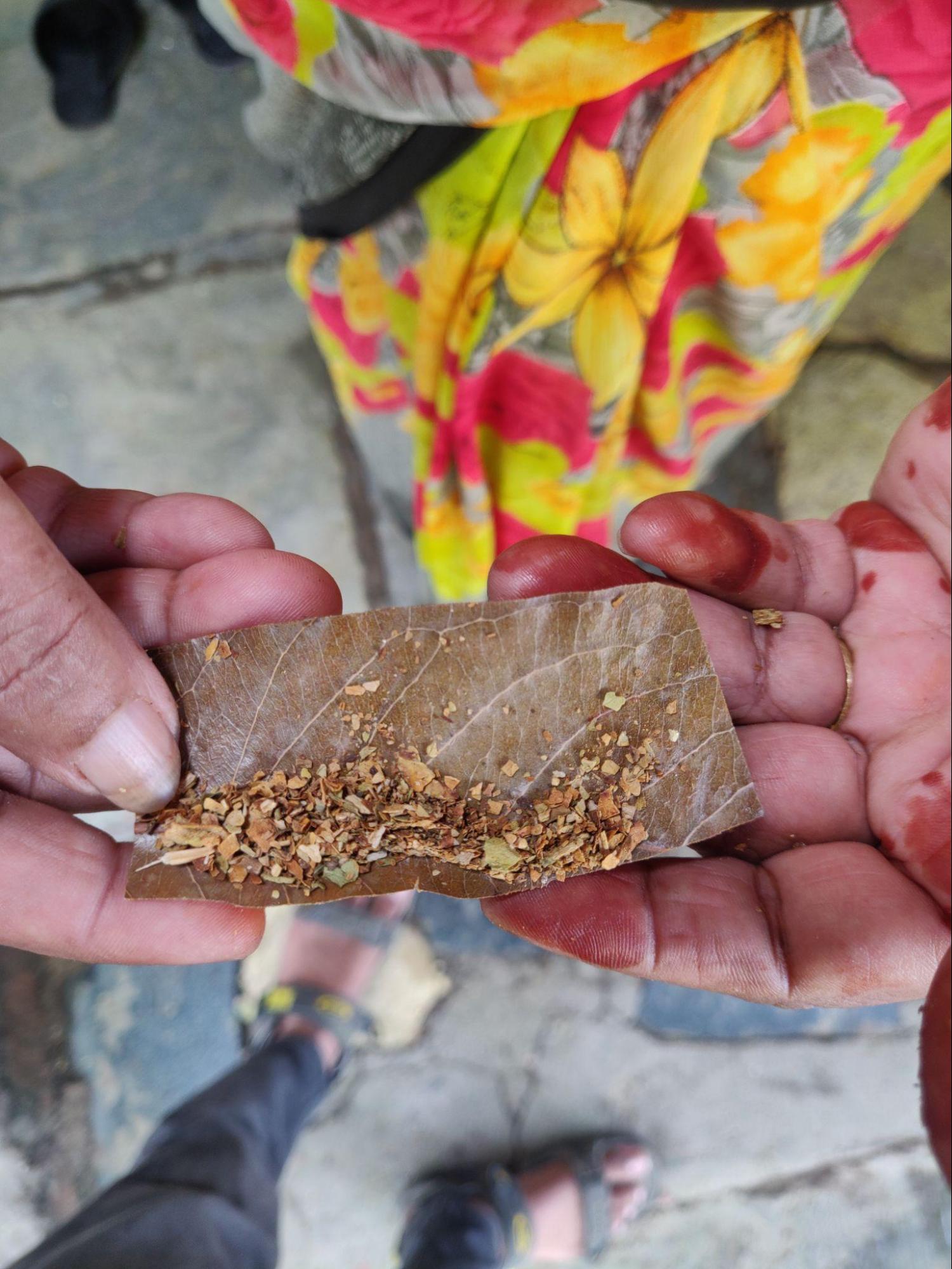
Local Culinary Traditions
Jalna houses various communities that have their own culinary traditions, adding to the overall food culture of the district. The Banjara community of the district have various local dishes that are cooked with edible plants and are not found in the main markets. For instance, the leaves of a Rajana plant are washed to remove the stickiness and then boiled with chillies and oil to add flavour. It is eaten with Bhakri or chapatis. Similarly, the leaves of the Phang plant are cooked with toor dal, which adds more nutrients to the dal. Another example is the preparation of Tandulja. It is an ayurvedic plant with a lot of vitamin C. It can be found in the hills and near the farms. In the Banjara tribe, they first wash the veggies and then boil them with oil, chillies and eat them with chapati or bhakri. Lastly, vagote is another plant used by the banjara community in their meals. They grow on vines and once fully grown and ripened, the vagote are brought home and boiled like potatoes. After boiling, the peels are removed, and the seeds are taken out. The seeds are not eaten. The remaining material inside is used to make a vegetable dish. It is also added to Tur dal, boiled, and then eaten.
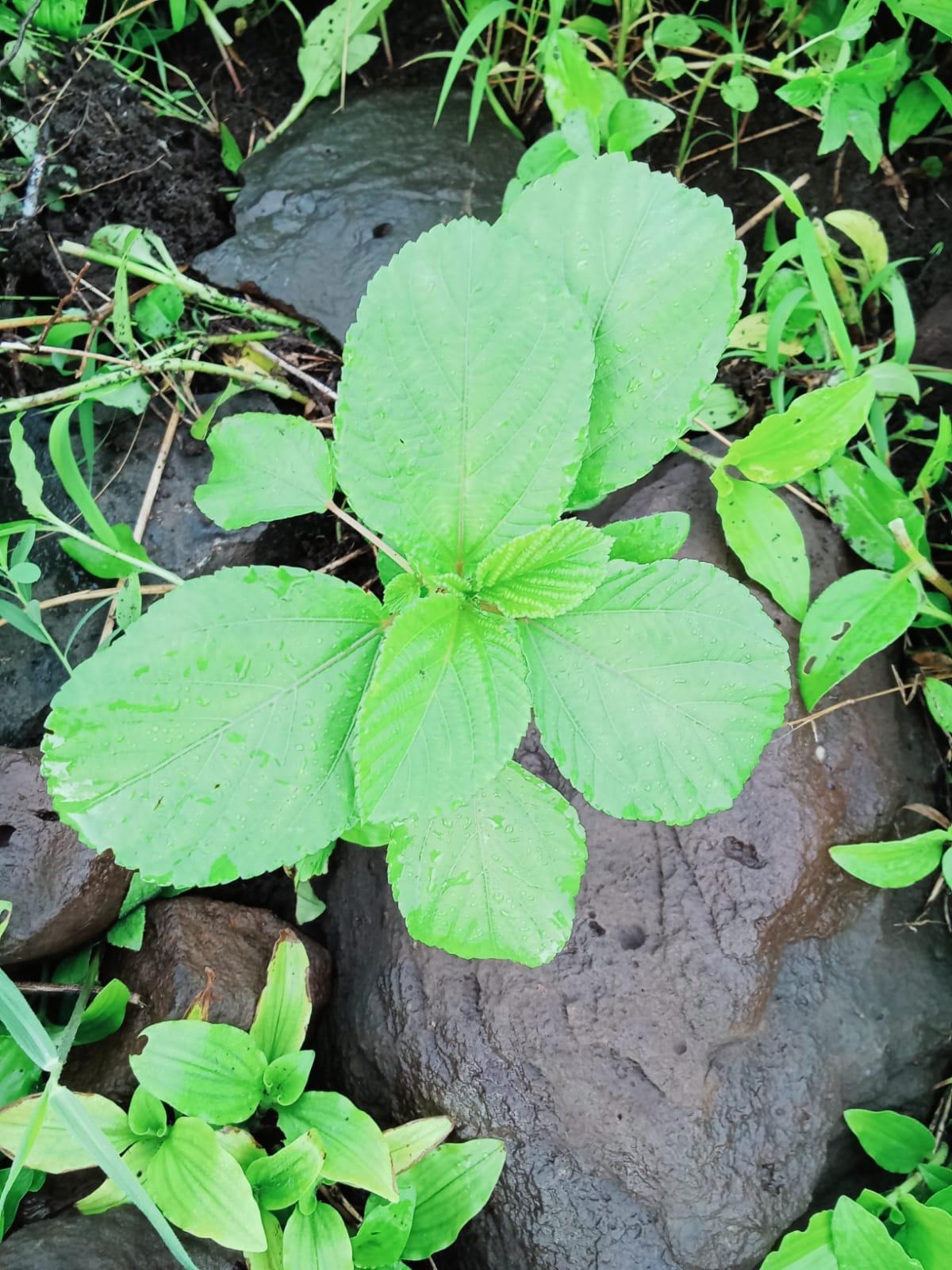

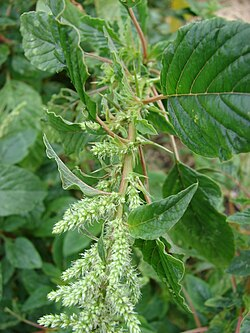

Traveled Culinary Tradition
Moong Puri
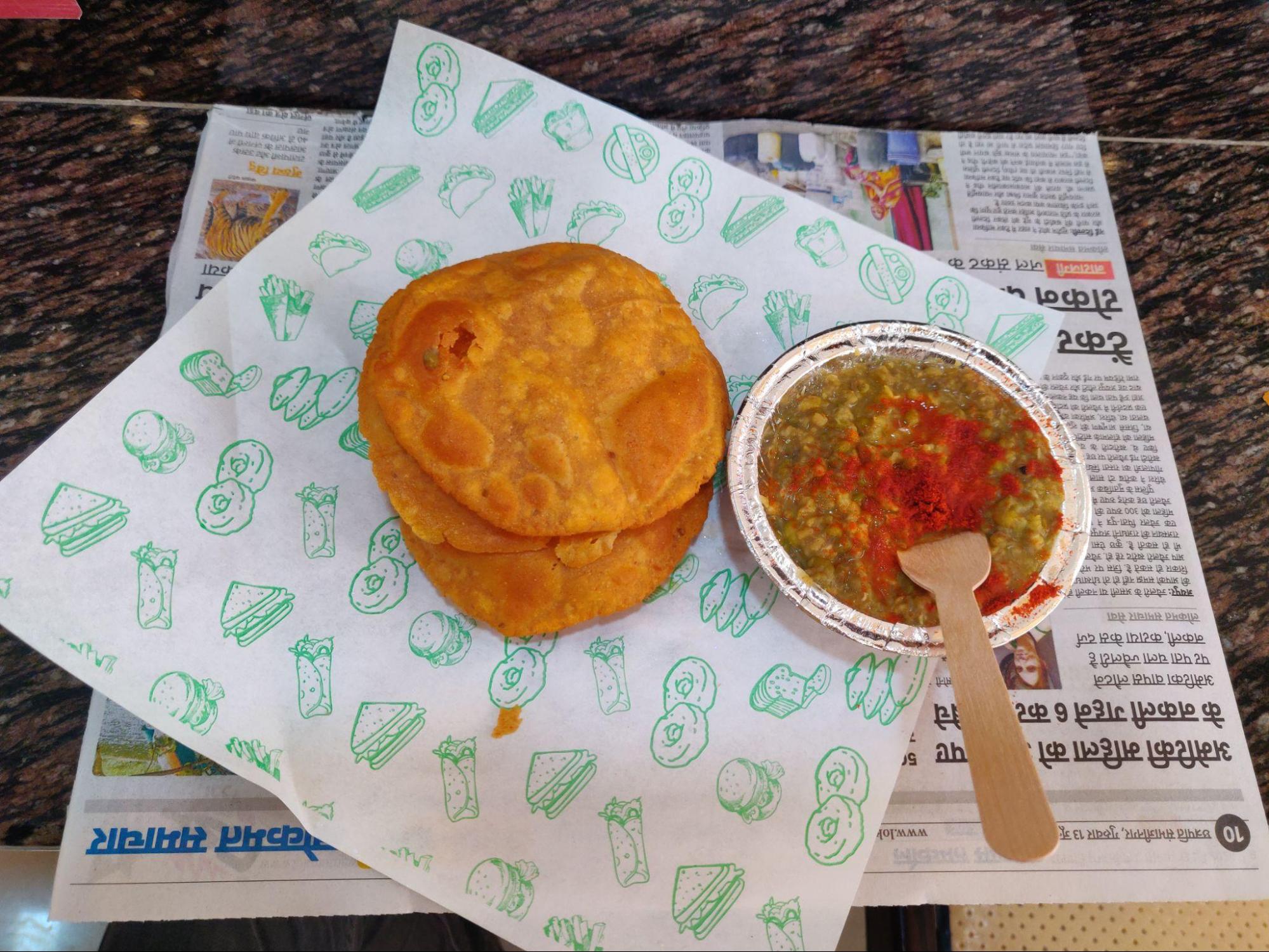
Sindhi Malpua
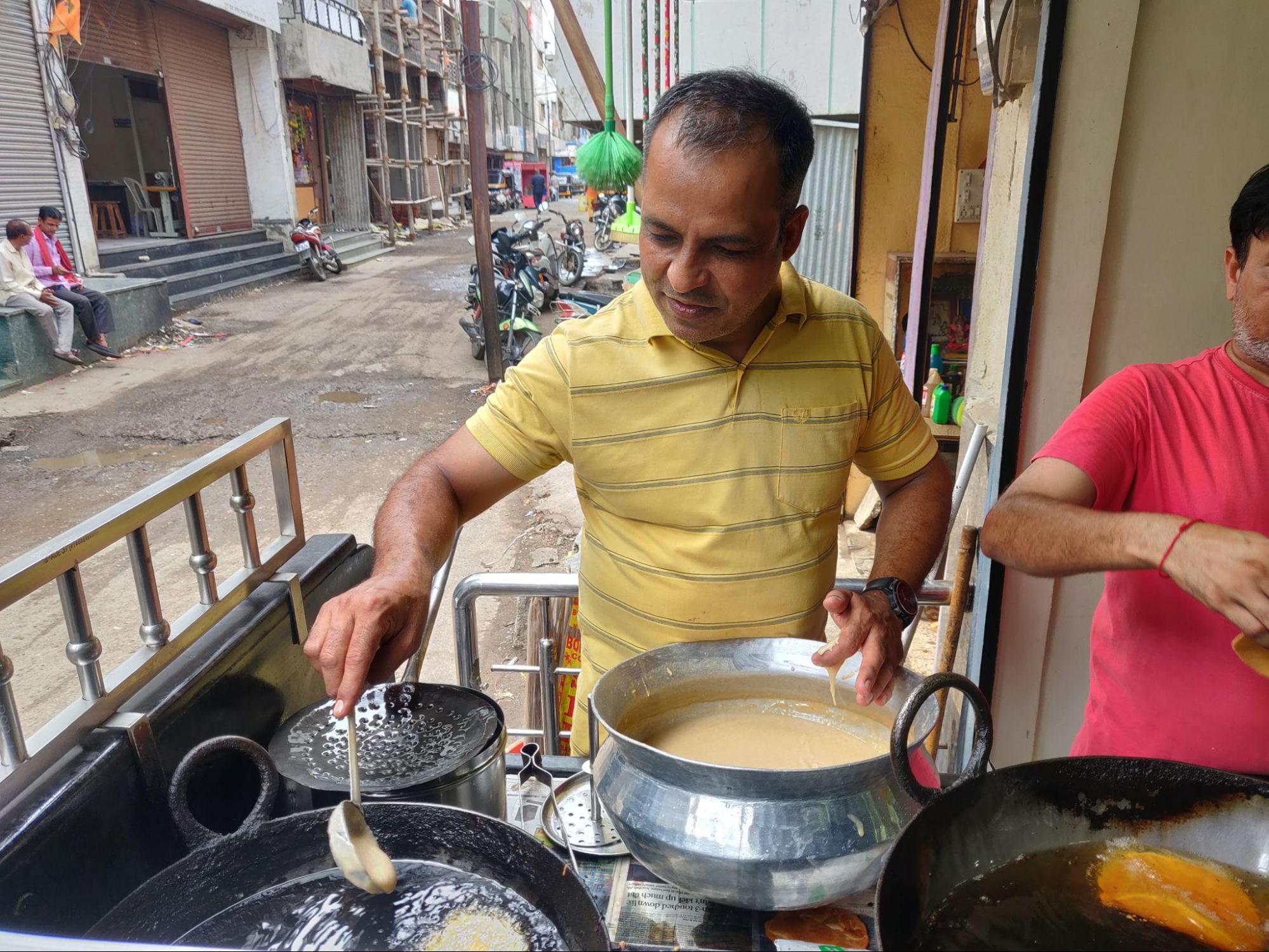
Dal Bhatti

Eating Out
Mama Farsan and Sweets
Mayura Lassi
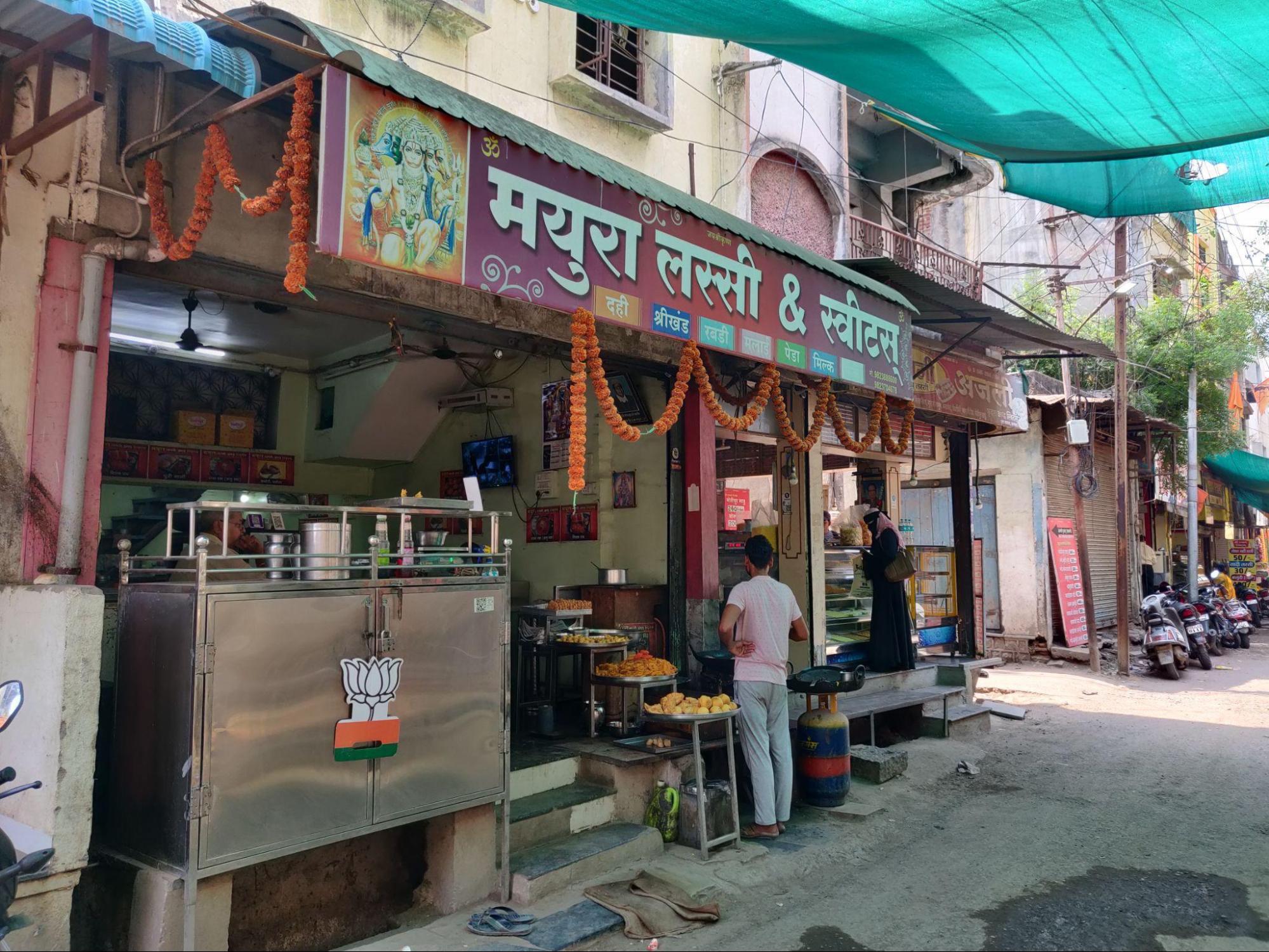
Jai Baba Moong Puri
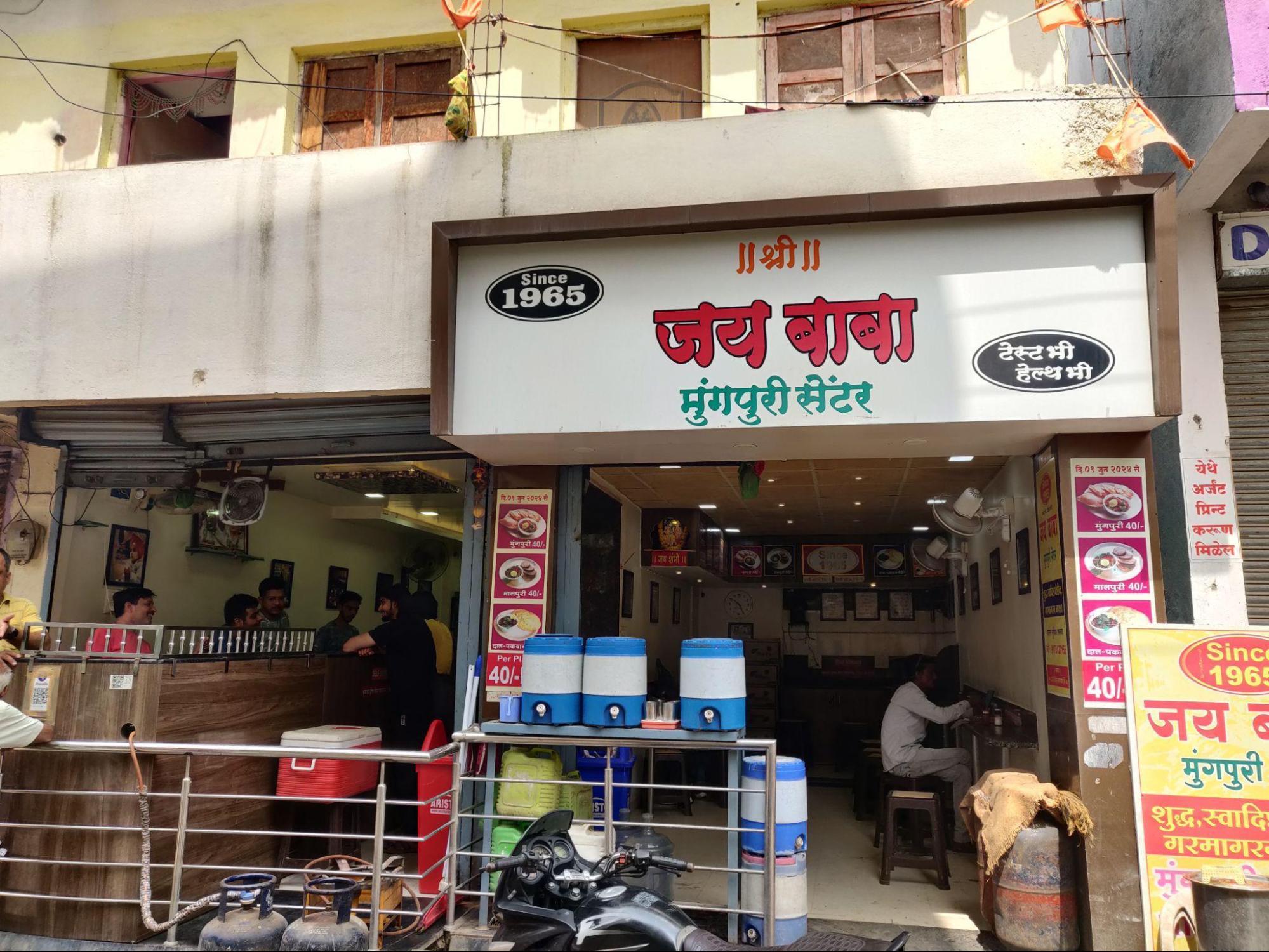
Last updated on 22 July 2025. Help us improve the information on this page by clicking on suggest edits or writing to us.